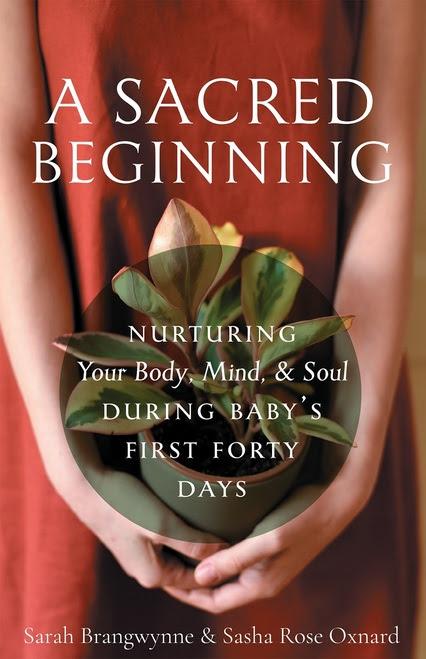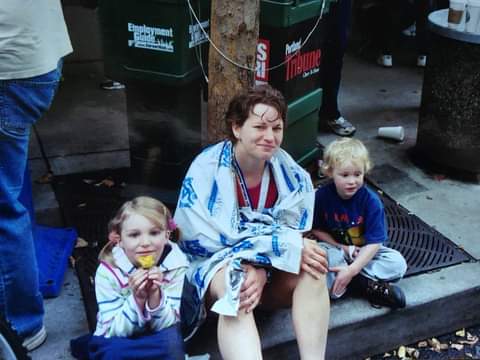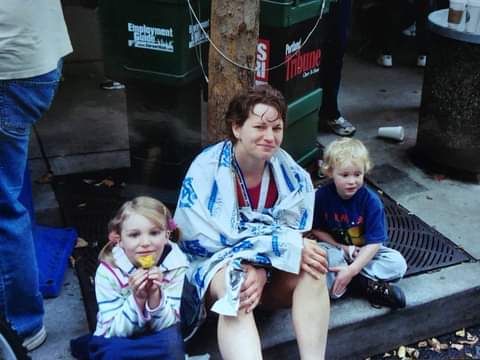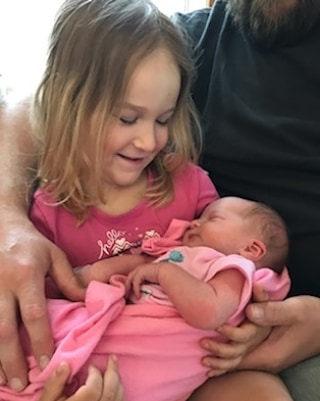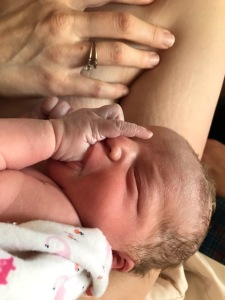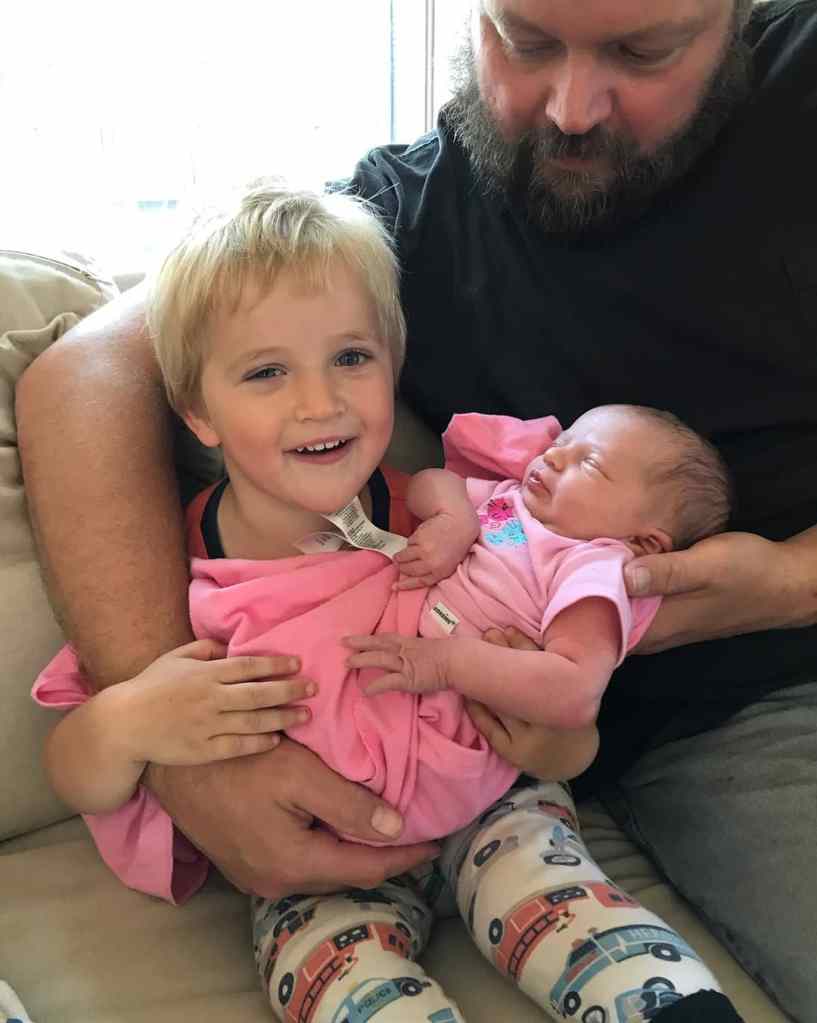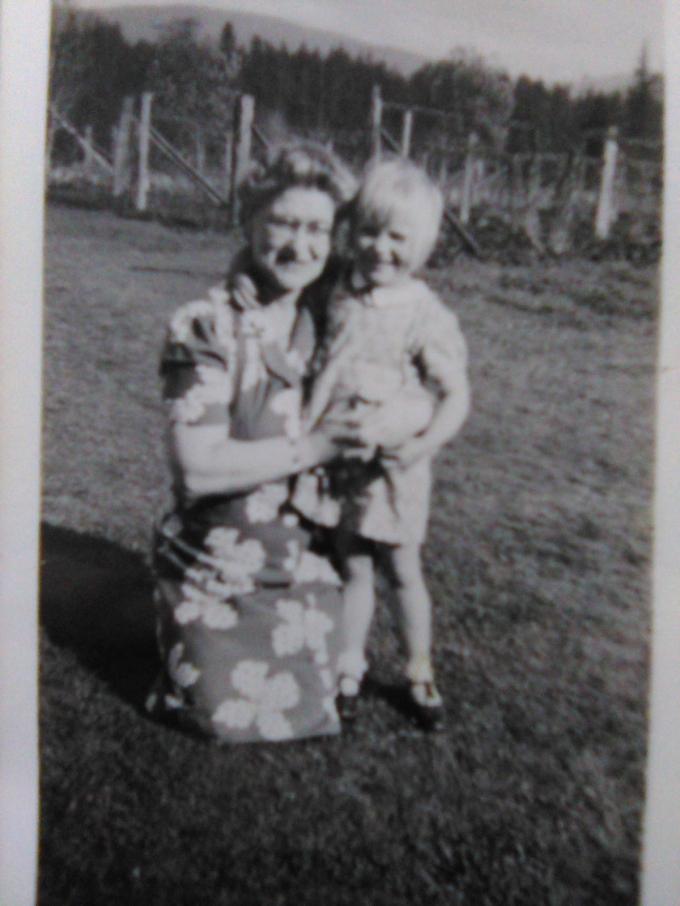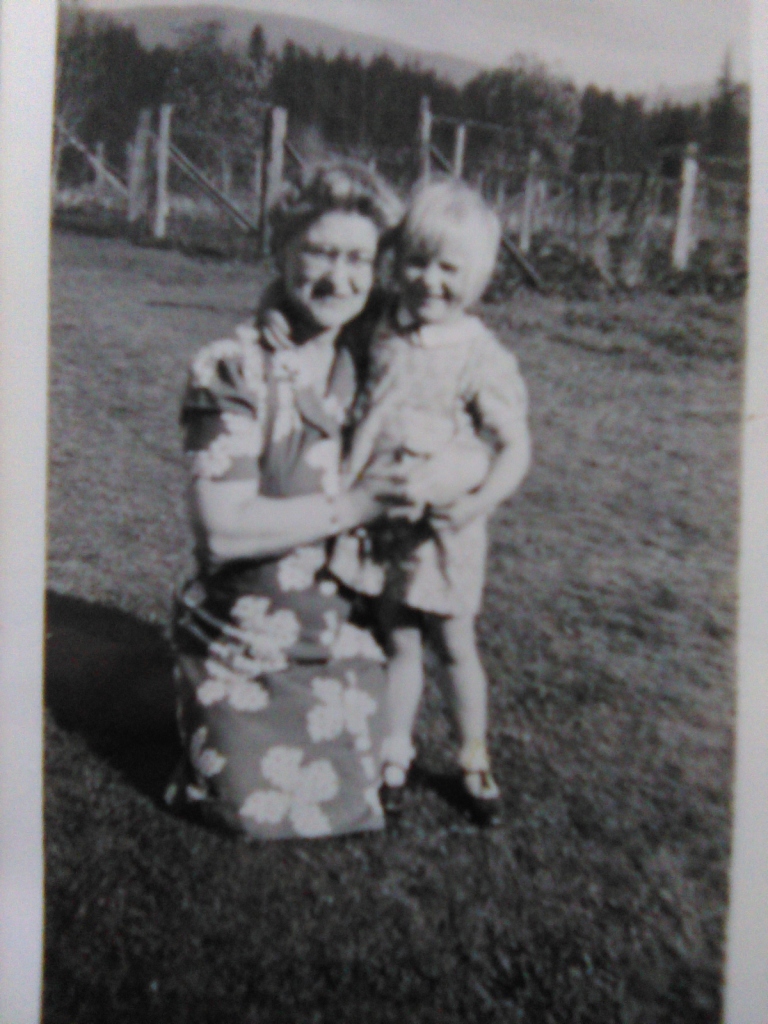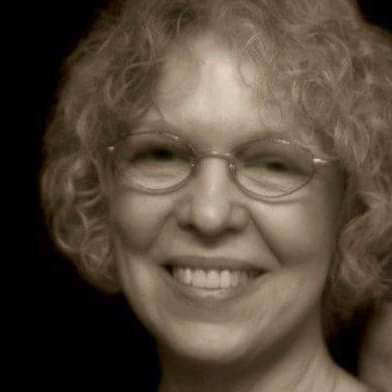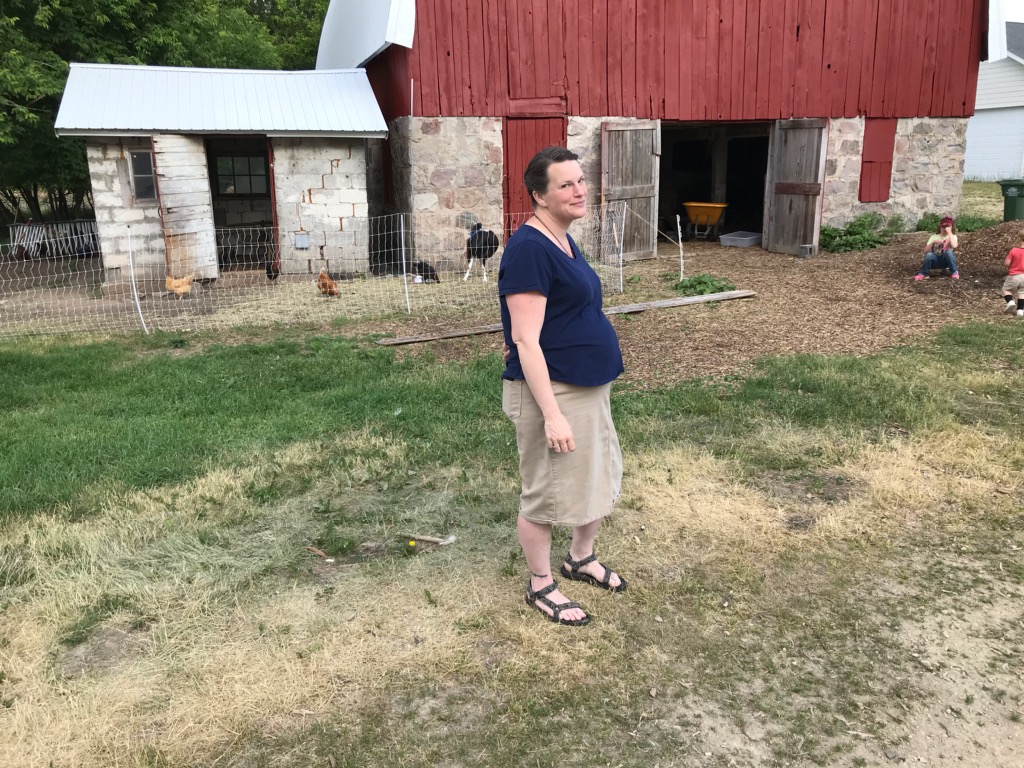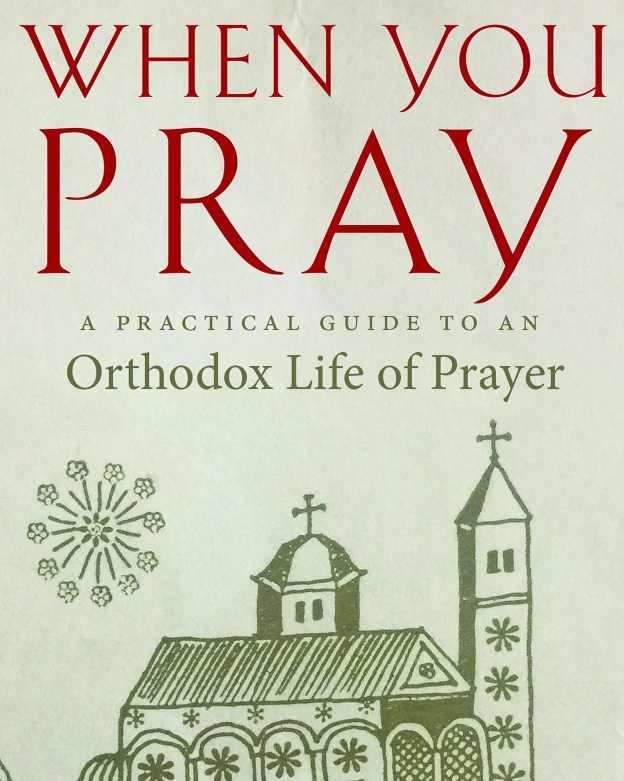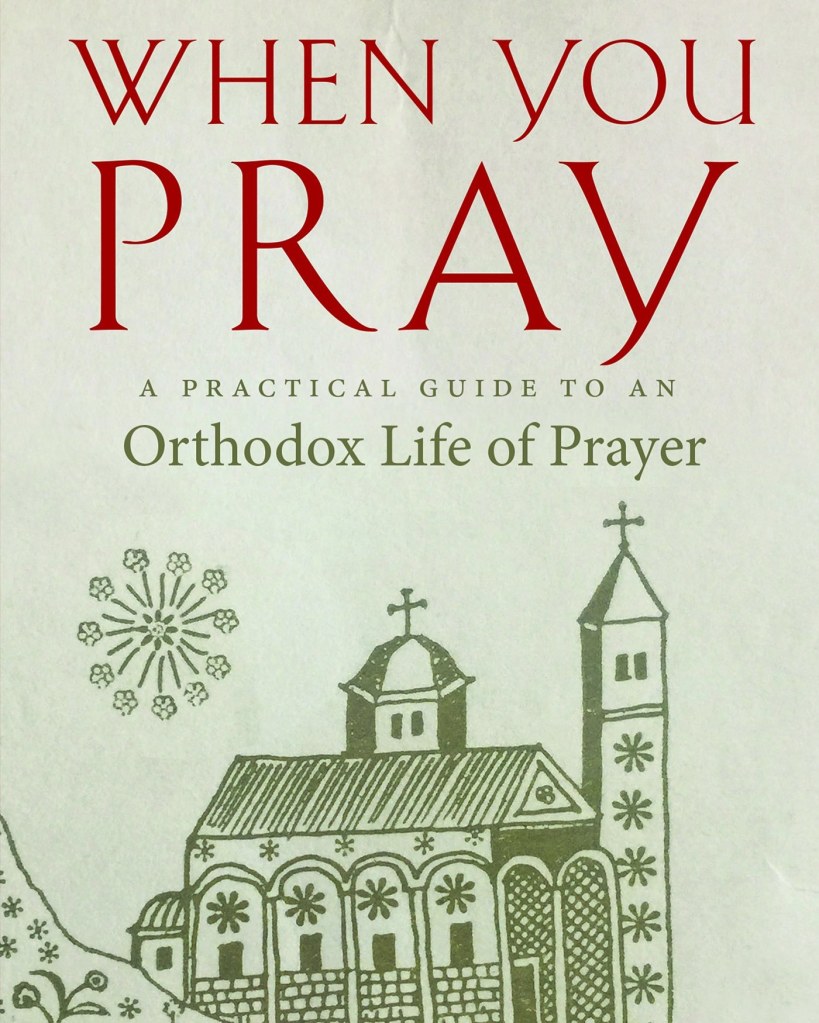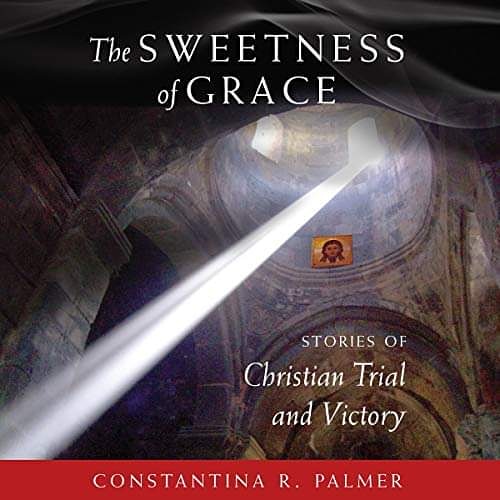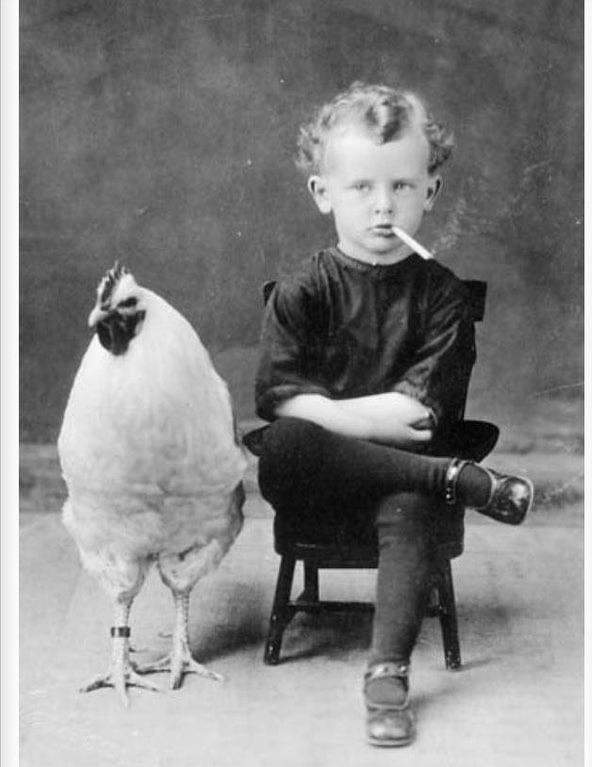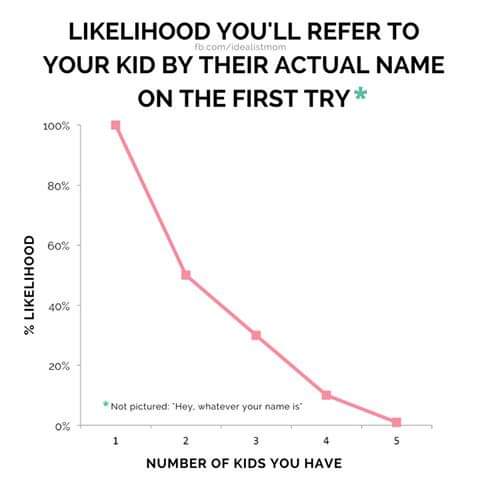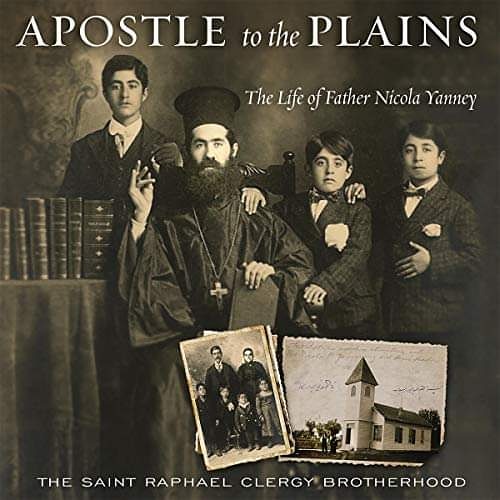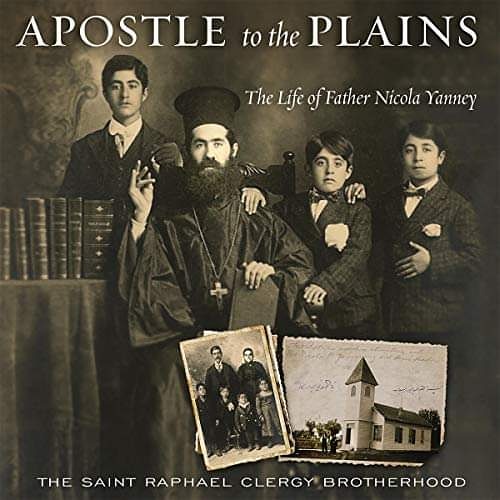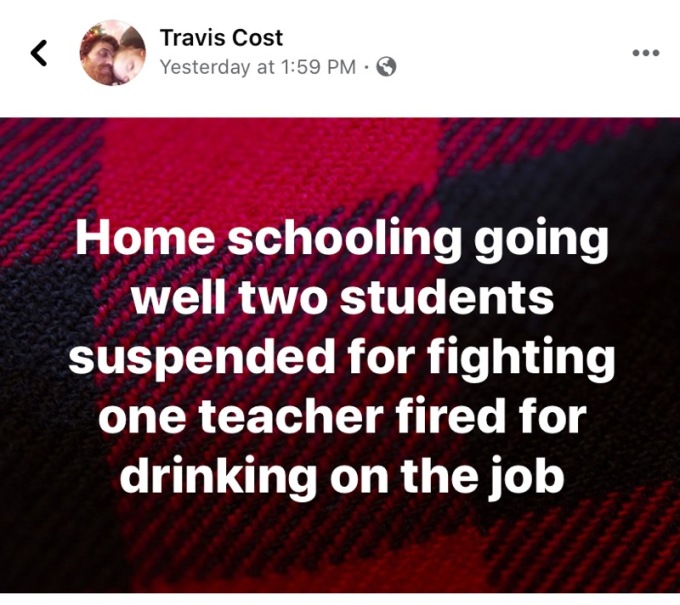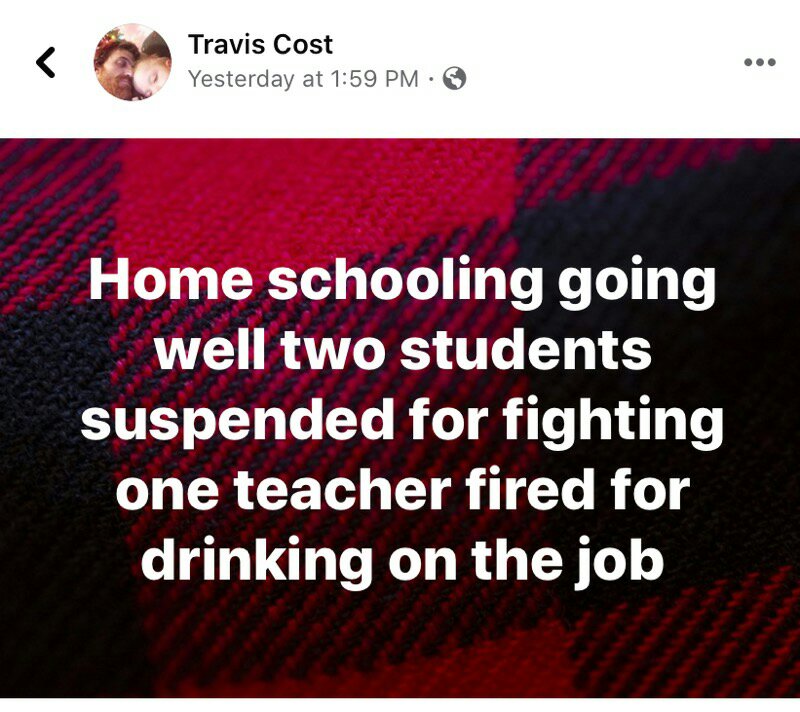According to St Porphyrios, “What saves and makes for good children is the life of the parents in the home…They need to become saints in their relation to their children through their mildness, patience and love.” And as a parent, I feel an immediate doom dart, because of all words that do not describe me, “saint” tops the list. I rarely feel I have the time, energy, or strength required to grow that much spiritually, especially now that I’m a mom. But what if it’s becoming a mom, in itself, that is the both the catalyst and the means of that spiritual growth?
This is a review of the book “A Sacred Beginning: Nurturing Your Mind, Body, and Soul During Baby’s First Forty Days,” by Sarah Brangwynne and Sasha Rose Oxnard. As the authors note, many moms have mixed feelings in regard to the traditional 40 day absence from church after the birth of a new baby. But the book asks us, among other things, to look at the 40 days with this lens: as a special opportunity to grow spiritually, a boost toward becoming the saintly parents St Porphyrios talks about. They reframe the challenges and blessings of motherhood as the very elements that make us into the moms our children need.
This book was released within days of the birth of my fifth child, so I jumped at the chance to review it. But I began reading with deep curiosity. It’s daunting to add one more thing – like reading any book – during the first few weeks after birth, and frankly, anything I do add better be worth it. I’m stupid with sleep deprivation, I’m trying to integrate this new baby and new routine into an already a bustling family life (on a farm, no less!), and I’m recovering from birth. Throw in the postpartum hormonal roller coaster and finding time and inclination to read seems kind of laughable.
But as the authors emphasize, this is a critical period for self-care, and I’d urge the potential reader to include this book as an element of postpartum recovery. These 40 days are meant for just that purpose: we are temporarily excused from some of the rigors of church life, to recover and bond with our new baby, and to rebuild our strength. And it can even be a time of spiritual renewal.
The authors are a mental health counselor and a physician, and both are Orthodox Christians, so when they write about bolstering the health of mind, body, and soul, they know what they are talking about. The material and exercises in the they include are relevant and practical. The book is divided into forty short, daily chapters, which I was able to squeeze into even my busy life. There’s no extraneous material, but it’s written with warmth and empathy. Reading it is like having a coffee chat with a couple of experienced mom friends. Taking a moment, with my baby sleeping on my chest, to read and meditate, was a welcome pause in my day. There is also a companion podcast to supplement some of the exercises.
The book is also organized as a parallel of St John Climacus “Ladder of Divine Ascent,” specially tailored to moms. I loved the way the authors meditated on the unique ways moms can deal with the virtues and vices. Yes – since becoming a mom, I experience avarice in a totally different way (I want to give my children the example of liberal giving, and at the same time I agonize over our budget and the new expenses that come with a family!). I have anxieties I never experienced as a single woman (did anyone else feel the pandemic crisis the way moms did? I doubt it). I also have grown to be able to love in a way I never knew was possible (with the birth of my first child I became unable to see anyone without thinking about how they were once someone’s baby, just like mine – that fundamentally changed how I respond to others). While attention to postpartum mental, emotional and physical recovery is a comfort, the added challenge of this focus helped me recovery my spiritual energy.
This book functioned as a postpartum recovery kit, a toolkit for spiritual growth, and a much-needed excuse to pause for self care in these weeks after my baby’s birth. It’ll be the first gift I think of for mom friends, whether first-timers or experienced mothers, and I look forward to re-reading it, myself. There’s enough comfort and challenge in this book to support me in my mom-life for a long time.

